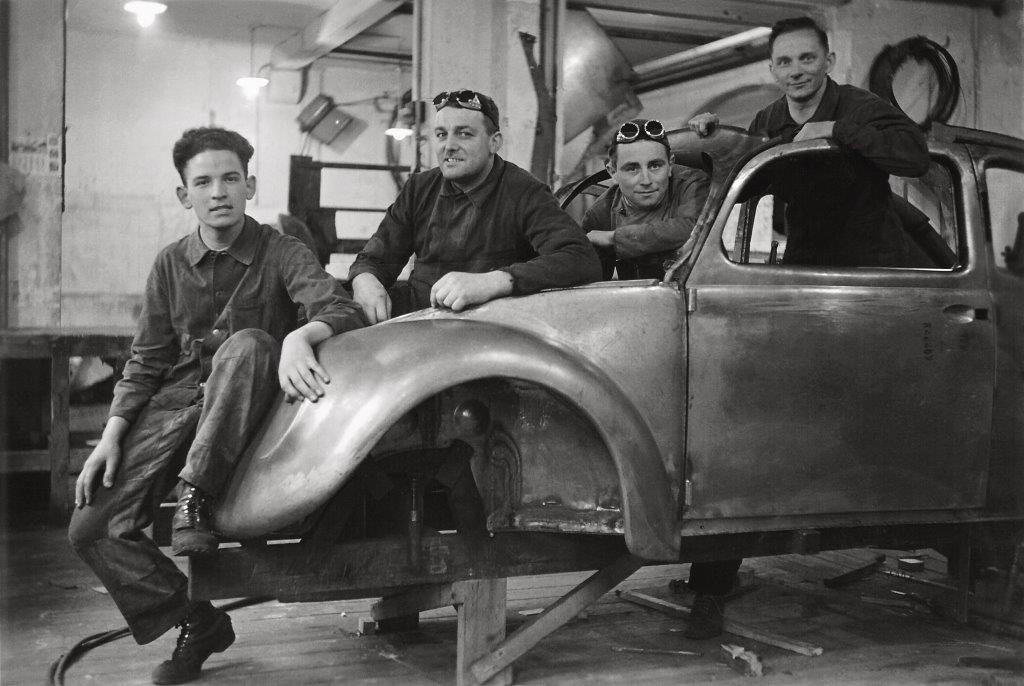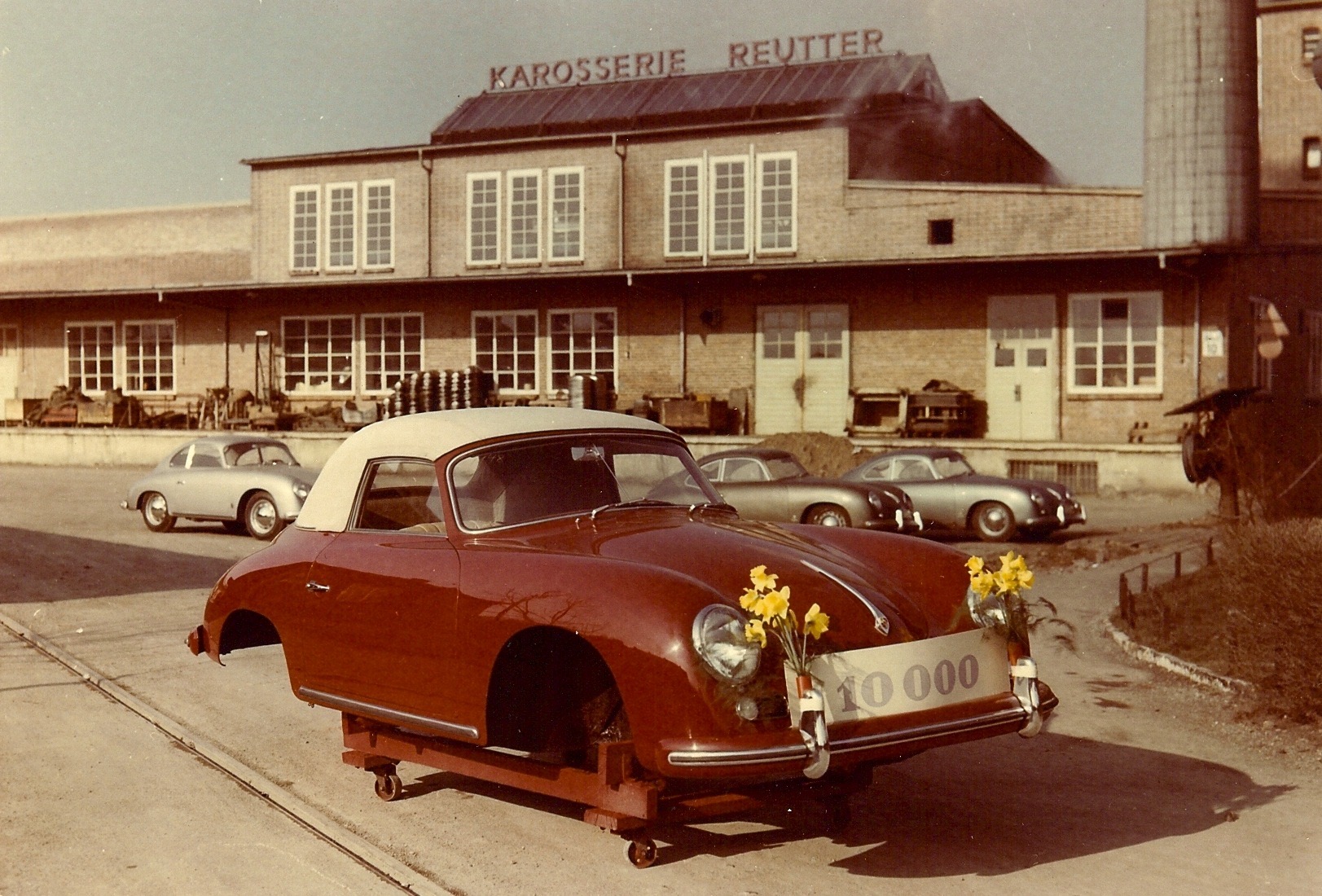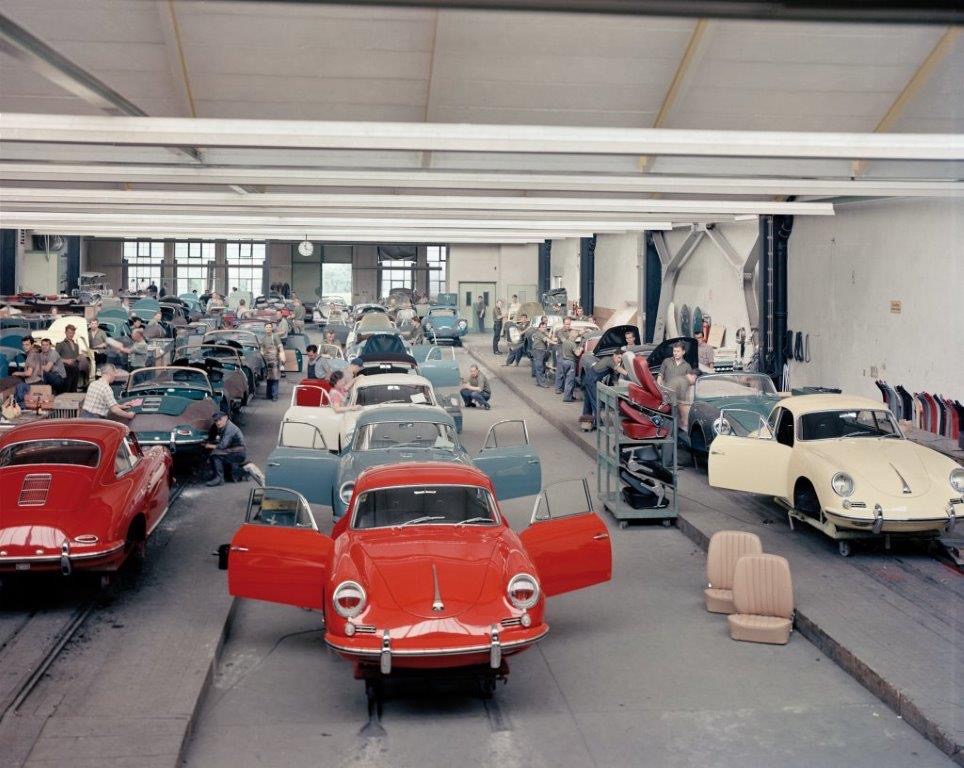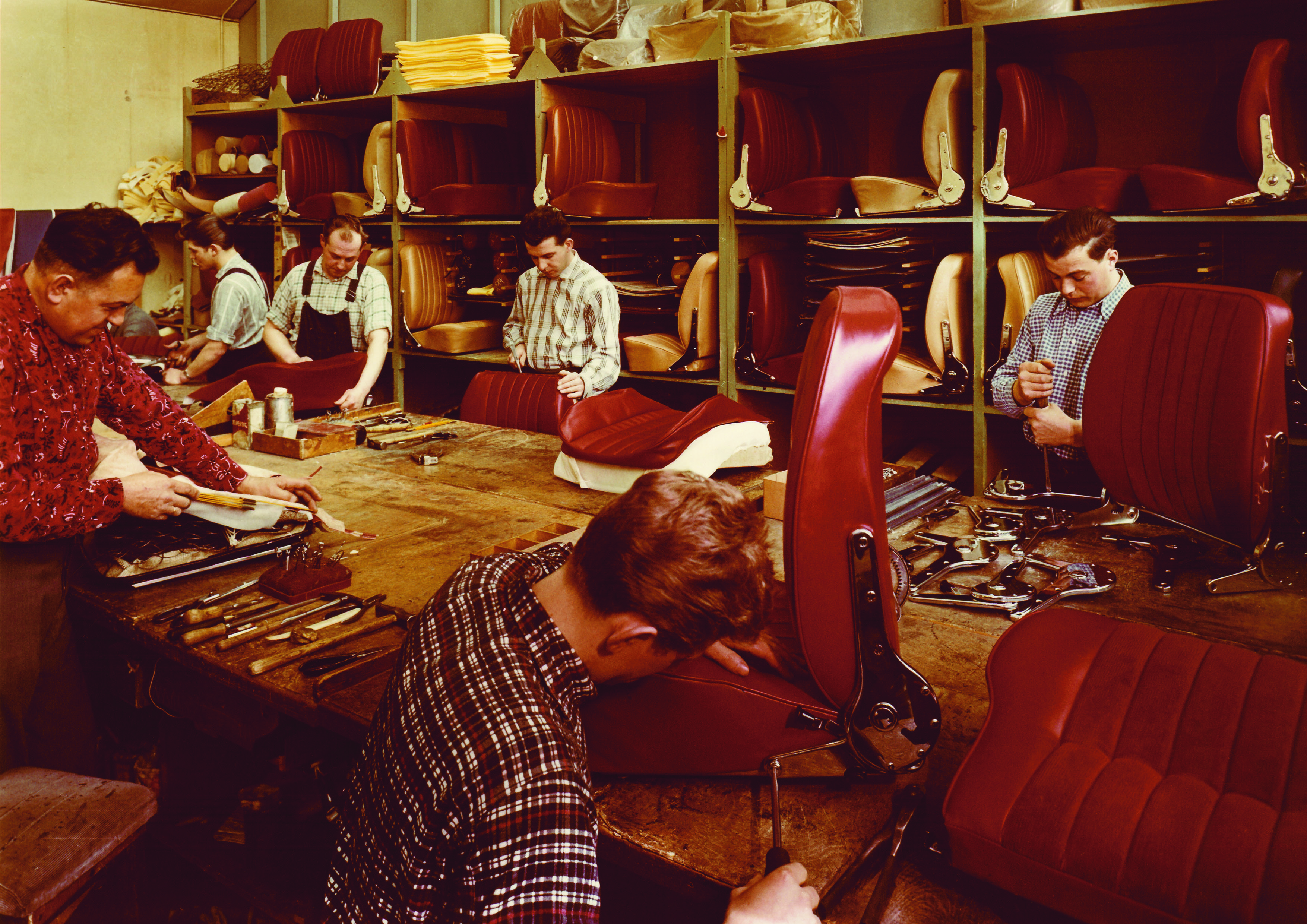Just when you think you know something about automotive history, something comes in over the transom that makes you realize you don’t know as much as you think.
Today’s example: A news release from Recaro Automotive Seating celebrating its 70-year history as a supplier to Porsche.
OK, that was no surprise. We knew Recaro was famous for its automotive seats, and not only for those it supplies to Porsche, but to various automakers and especially to racing teams.

But what we didn’t know was that the relationship between Porsche and Recaro’s predecessor went back much farther than just the last 70 years. What we didn’t know was that Recaro traces its family history back to Reutter, the karosseriebau founded in Stuttgart in 1906 by Wilhelm Reutter, who soon was joined in the business by his brother, Albert, who took over after Wilhelm retired in 1918.
Among other things, Reutter was early to explore the use of aluminum to make motorcars lighter, and developed a folding roof system, “the constructional precursor to today’s cabriolet,” according to the news release.
In addition to being a supplier to German automakers Daimler, Benz, Opel, Adler, BMW and Horch, in 1932 Reutter did a one-off Wanderer for Ferdinand Porsche and, in secret at its new facility in Zuffenhausen, built the prototypes for a new People’s Car, or Volkswagen.
Reutter did 40 cars for testing and development of the new vehicle, and built the hardtop and convertible versions that were displayed at the groundbreaking ceremony for the new Volkswagen assembly plant in 1938 at Fallersleben (now part of Wolfsburg). One of the Reutter prototypes also appeared at the 1939 Berlin motor show.

In the fall of 1949, Porsche’s son, Ferry Porsche, commissioned Reutter to produce 500 bodies and frames for his new Porsche 356 model. Porsche also called on Reutter for seats and interior trim, and to install the vehicles’ heating and electrical systems, and to do final vehicle inspections before the cars were offered for sale.
“Despite the originally planned production run of 500 cars, some 78,000 Porsche 356s ended up being sold by late 1965 – most of them built by Reutter,” the news release reports. “Every Porsche 356 manufactured by Reutter is identified by two body number plates featuring the word ‘Karosserie’ and the Reutter word mark, one on the inner side of the A-pillar and on the outer right side between the wheel arch and the door.”
Late in 1961, Porsche went to Reutter to produce coupe and cabriolet versions of a new car body, a successor to the 356. Codenamed T8, the car emerged as the Type 901, which was nicknamed “Sturmvogel” (Storm Bird) because the first prototype ready for testing had a snow-white finish. The T8/901 would go into production as the new Porsche 911.
In the run-up to production, Porsche bought Stuttgarter Karosseriewerk Reutter & Co. GmbH, acquiring not only the production facilities in Zuffenhausen but 950 employees and their car-building know-how.
Meanwhile, the other 250 Reutter employees continued to produce seats and set fittings and that effort was reorganized as Recaro, a name derived from REutter CAROsserie).
Recaro Automotive Seats is part of automotive seating supplier Adient and produces automotive seating solutions at seven locations in six countries, including the United States, Germany, Poland, Slovakia, Mexico and Japan.







